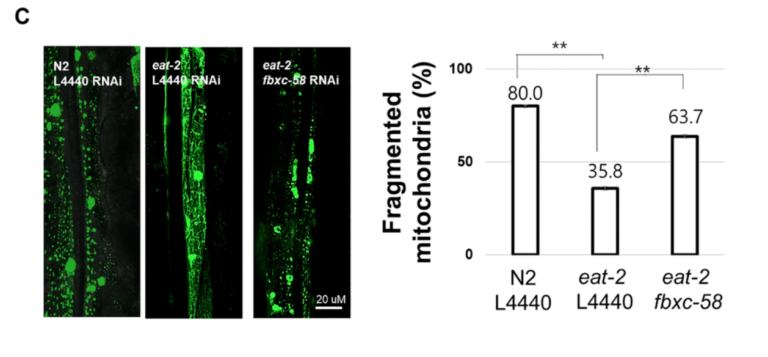Oncotarget | The chromatographic constitution of andiroba oil and its healing effects…
News, Oncotarget
January 24, 2023“The andiroba extract in wounds provides acceleration in healing process, with increase of contraction rate and local re-epithelialization, resulting in the complete closure of wounds [52].”
BUFFALO, NY- January 24, 2023 – A new research paper was published in Oncotarget’s Volume 14 on January 12, 2023, entitled, “The chromatographic constitution of andiroba oil and its healing effects, compared to the LLLT outcomes, in oral mucositis induced in golden Syrian hamsters: a new treatment option.”
The oral mucositis is a mucosal alteration that usually arises from oncological treatments, such as chemotherapy, and it is characterized as an inflammatory process. In this new study, researchers Jessica T. Gomes, Ana Márcia V. Wanzeler, Sergio M.A. Júnior, Rosa Helena F. Chaves Soares, Carolina P. de Oliveira, Emanuelle de M. Rodrigues, Bruno M. Soares, Diego D.F.A. Alcantara, Rommel M.R. Burbano, and Fabrício M. Tuji from the Federal University of Pará and the University Center of Pará aimed to demonstrate the chromatographic constitution of Andiroba oil, while comparing and evaluating Andiroba oil and laser scarring efficiency in treatments of oral mucositis (OM) in hamsters.
“The low-level laser therapy (LLLT) is the best standard treatment and the most efficient method in treating OM. Similarly, the andiroba oil presents great potential for the treatment of inflammatory diseases. Thus, this study aims to evaluate the healing and toxicological effects of andiroba oil, compared to the LLLT outcomes, observing if andiroba presents a similar/higher potential than the LLLT.”
The animals were submitted to 5-Fluorouracil. Included in the study were total of 122 animals that were randomized and divided into the following groups: (a) positive control; (b) laser associated to andiroba oil; (c) laser; (d) andiroba oil; (e) negative control; (f) cyclophosphamide (genotoxicity control). The induction of oral mucositis occurred by the administration of intraperitoneal Fluorouracila (60 mg/kg) and trauma to the mucosa.
The laser protocol was performed once a day and the andiroba oil applied 3 times a day (1,5 ml/day). The mucosae were photographed and removed for clinical and histopathological analysis on day 4, 8, 12, and 15. The analysis was based in OM severity, in specific scoring for the clinical and histopathological aspect.
Toxicity was evaluated on day 15 using comet assay and it was performed by variant DNA damage parameters. The data were analyzed using analysis of variance (ANOVA) Tukey post-test and Kruskal–Wallis Dunn post-test. The “andiroba oil” and “laser” groups presented better results when compared to the control groups and the treatment associations. The andiroba oil presented the best scarring results, even considering its efficiency proximity to the laser treatment.
“Andiroba and laser, separately, did not present genotoxicity, however their association evidences damage to DNA.”
DOI: https://doi.org/10.18632/oncotarget.28338
Correspondence to: Diego D.F.A. Alcantara
Email: diegoalcantara@globo.com
Keywords: phytotherapeutic drugs, medical oncology, stomatitis, wound healing, low-level light therapy
ONCOTARGET VIDEOS: YouTube | LabTube | Oncotarget.com
About Oncotarget: Oncotarget (a primarily oncology-focused, peer-reviewed, open access journal) aims to maximize research impact through insightful peer-review; eliminate borders between specialties by linking different fields of oncology, cancer research and biomedical sciences; and foster application of basic and clinical science.
To learn more about Oncotarget, visit Oncotarget.com and connect with us on social media:
For media inquiries, please contact: media@impactjournals.com.

